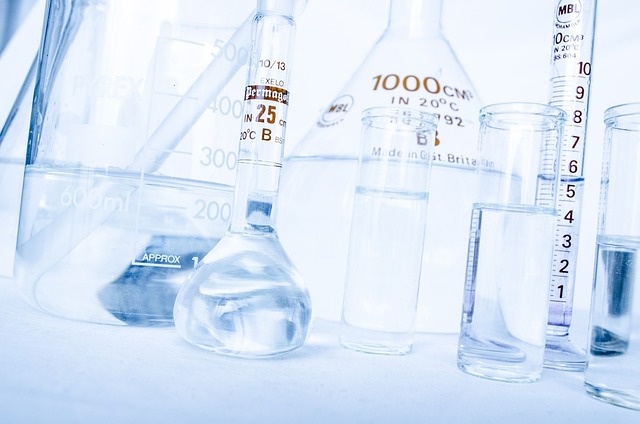
Guidelines for safely handling, storing, and safeguarding yourself from dangerous laboratory chemicals
It’s a known fact the majority of labs utilise chemicals. Depending on the laboratory’s speciality – compound production, research synthesis, standard acid digestions, etc. – the kinds and volumes of chemicals used can significantly contrast. Sadly, reports of incidents and accidents concerning the usage and storage of chemicals are not something new and occur far too often. It’s imperative that we stay diligent in properly dealing with and storing these dangerous materials, or complications will crop up. In this read, we will be looking at the general rules of thumb when it comes to dealing with and storing chemicals in the lab.
Before we delve into the specifics, it is integral that we first review the various regulations that may encompass certain requirements for managing and storing chemicals in stockrooms and laboratories. These particular prerequisites can range from basically locking storage cabinets and certain waste containers to having controlled access to some areas and using quality equipment such as a laboratory pump with quick release battery motor. If your labs produce or use potentially dangerous substances, establish the regulations that apply in that case and the particular prerequisites you need to fulfil.
Another snag to run into is the fact that laboratories advance and constantly change over time. For this reason, we have to put more emphasis on our laboratory centres and execute a scheduled review process to guarantee the safety of your lab is up to standard.
First—The right personal protective equipment (PPE)
The whole purpose of this guide is to help shed a light on the safe storage of chemicals. However, before we begin assembling chemical bottles and reorganizing laboratories, we have to ascertain that we have the right PPE. The bare minimum of equipment should encompass proper eye protection and chemical-resistant gloves, chemical aprons and/or lab coats, and closed-toe shoes (integral for performing your duties in the laboratory).
Analyse your surroundings, and double-check on potential trip hazards and positioning of work stations that experience traffic. Ensure that the passageways, exits, and emergency equipment areas (i.e., safety showers and eyewash) are free and clear of stored materials.
Next—Safe transport
Here are some of our top tips for safely moving chemicals:
- Use strong carts when relocating several, big, or heavy containers.
- Move harmful chemicals using freight elevators if possible to prevent potential cases on high-traffic passenger elevators. Make sure to take off your gloves when opening doors or pressing the elevator buttons.
- Never leave chemicals unwatched
Rules for chemical storage
Putting chemicals in a stockroom or laboratory needs a lot of careful consideration and diligence. Proper usage of containers and standard lab equipment is key. For safe storage of chemicals in the lab, do this;
- Make sure all the chemical containers are labelled. We suggest engraving the user’s or owner’s name together with the date received.
- Give ample storage space for every chemical, and see to it that they are returned after usage.
- Keep flammable liquids in certified flammable liquid cabinets. Small quantities of flammable fluids may be kept out in the open. Confirm with your local municipality (e.g., fire marshal, EH&S personnel) for permissible caps.
- Use airtight seals on containers to prevent vapour from escaping.
- Use specific fridges for keeping chemicals. You can put a sticker saying CHEMICAL STORAGE ONLY—NO FOOD.
Things to avoid doing:
- Keeping liquids or big, heavy containers on elevated shelves or out-of-reach cabinets.
- Keeping any chemicals atop cabinets.
By adhering to the information provided in this guide above, you will be well underway to having a highly-organised, efficient, and safe laboratory. If you assume them or become careless in the manner you apply them, you may be in for a catastrophic shock one day Remember, safety first!
